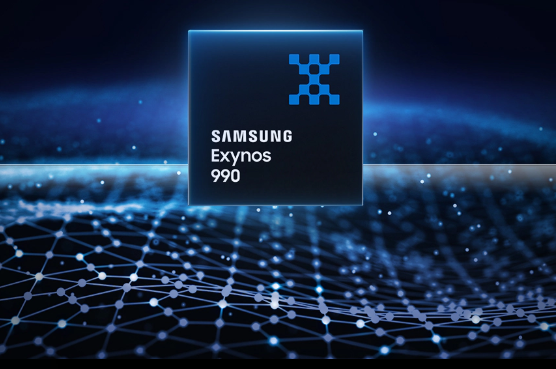While Samsung has commenced the mass production of its next-generation 5 nm chip, the company is also working hard to improve on the current 7nm process. The Korean tech giant has announced that it has attained success in applying 3D stacking technology on extreme ultraviolet (EUV)-based 7 nanometers (nm) chips.
Samsung calls the technology eXtended-Cube, or X-Cube and it involves stacking the SRAM on top of the logic die. This is done using Samsung’s through silicon via (TSV) technology that uses tiny holes to interconnect layers on chips.
This process is markedly different from the one used on Conventional system semiconductors which have the logic dies such as CPU and GPU on the same plane as the SRAM. In the case of the X-Cube, it stacks the SRAM on top of the logic dies which occupies less space and helps in more efficient power saving. Samsung also disclosed that the new process will lead to a boost in the data transfer speed.
The South Korean tech giant assured that it will continue to push the boundary in terms of the development of new technology for the advancement of semiconductor technology. We don’t have an idea of where Samsung would first implement this chipset but there are speculations that the Galaxy S1 may utilise an improved version of the Exynos 990 while the Galaxy S21 Ultra will have a 5nm Exynos 1000 and that could be it.
UP NEXT: Xiaomi Mi 10 Ultra beats Huawei P40 Pro in Camera Performance with a DxOMark score of 130







